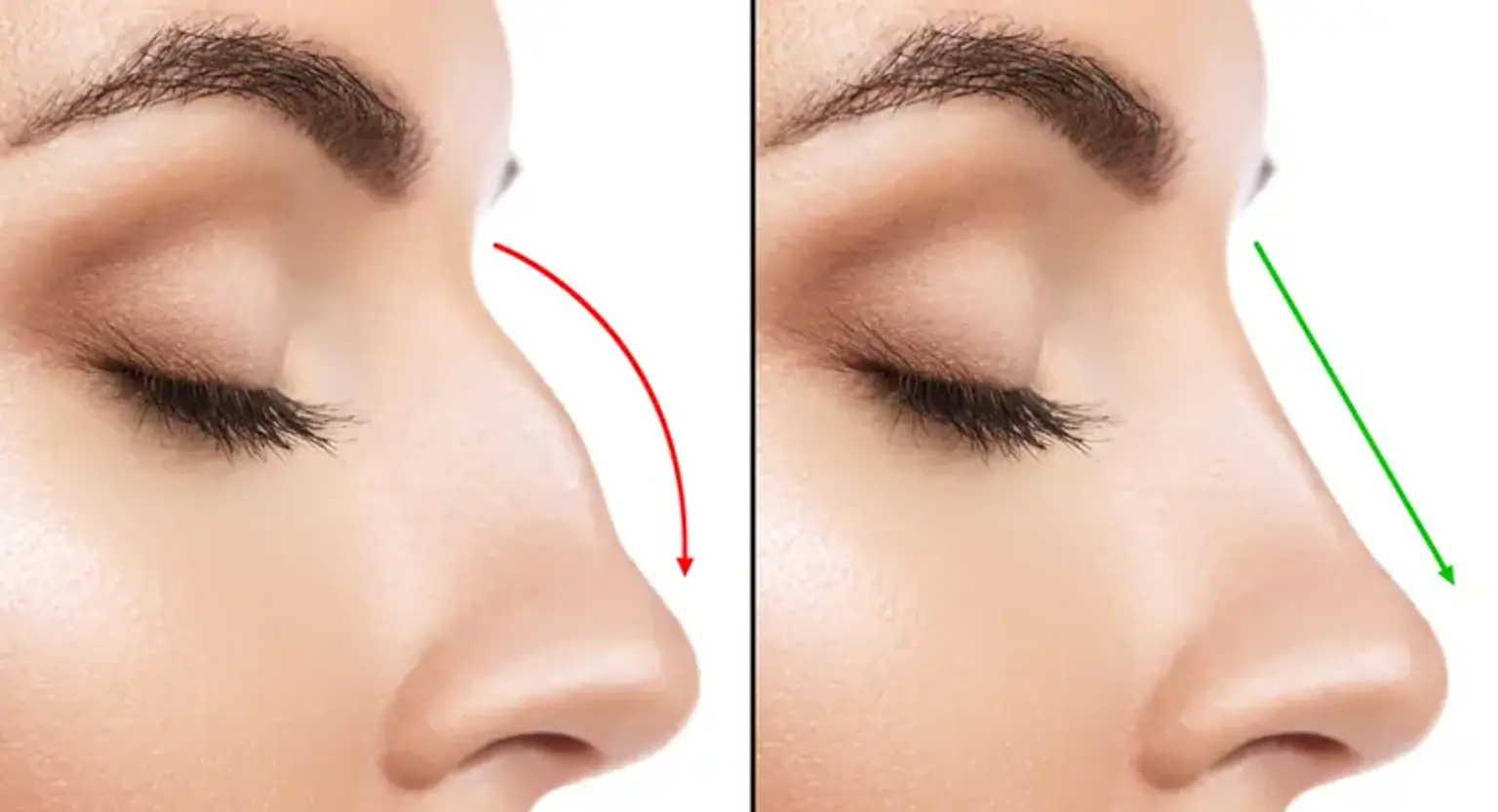Curved Nose
Overview
If the tip of your nose is dropping or pointing downwards like a "arrow," Curved Nose Rhinoplasty is the surgery for you. A curved nose causes both cosmetic and functional imbalance; you may notice an imbalance in your face symmetry and, in rare cases, nasal obstruction owing to excessive cartilage deviation.
Curved noses, like individuals, come in many forms and sizes. A curved nose is one that does not have a straight, vertical line running down the middle of your face. Depending on the reason, the degree of curvedness might be minor or extreme. While curved noses are typically simply an aesthetic issue, they can sometimes interfere with your breathing.
Before going into treatment alternatives, it's critical to understand what causes a curved nose in the first place. Curved noses are classified into two types. One variety is caused by a problem with your nose's complex structure of bones, cartilage, and tissue.
